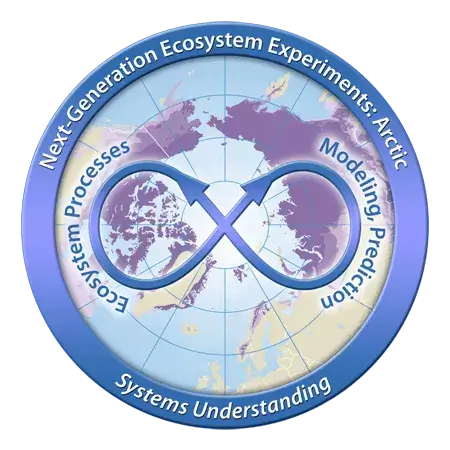2022
- Arendt, Carli A., et al. “Increased Arctic NO3− Availability As a Hydrogeomorphic Consequence of Permafrost Degradation and Landscape Drying”. Nitrogen, vol. 3, no. 2, 2022, pp. 314-32, https://doi.org/10.3390/nitrogen3020021.
2021
- Wainwright, Haruko M., et al. “High-Resolution Spatio-Temporal Estimation of Net Ecosystem Exchange in Ice-Wedge Polygon Tundra Using In Situ Sensors and Remote Sensing Data”. Land, vol. 10, no. 7, 2021, p. 722, https://doi.org/10.3390/land10070722.
2019
- Arora, Bhavna, et al. “Evaluating Temporal Controls on Greenhouse Gas (GHG) Fluxes in an Arctic Tundra Environment: An Entropy-Based Approach”. Science of The Total Environment, vol. 649, 2019, pp. 284-99, https://doi.org/10.1016/j.scitotenv.2018.08.251.
2018
- Bisht, Gautam, et al. “Impacts of Microtopographic Snow Redistribution and Lateral Subsurface Processes on Hydrologic and Thermal States in an Arctic Polygonal Ground Ecosystem: A Case Study Using ELM-3D v1.0”. Geoscientific Model Development, vol. 11, no. 1, 2018, pp. 61-76, https://doi.org/https://doi.org/10.5194/gmd-11-61-2018.
2017
- Wainwright, Haruko M., et al. “Mapping Snow Depth Within a Tundra Ecosystem Using Multiscale Observations and Bayesian Methods”. The Cryosphere, vol. 11, no. 2, 2017, pp. 857-75, https://doi.org/10.5194/tc-11-857-2017.
- Grant, Robert F., et al. “Mathematical Modeling of Arctic Polygonal Tundra With Ecosys: 1. Microtopography Determines How Active Layer Depths Respond to Changes in Temperature and Precipitation”. Journal of Geophysical Research: Biogeosciences, vol. 122, no. 12, 2017, pp. 3161-73, https://doi.org/10.1002/2017JG004035.
2016
- Dafflon, Baptiste, et al. “Geophysical Estimation of Shallow Permafrost Distribution and Properties in an Ice-Wedge Polygon-Dominated Arctic Tundra Region”. GEOPHYSICS, vol. 81, no. 1, 2016, pp. WA247 - WA263, https://doi.org/10.1190/geo2015-0175.1.
2015
- Wainwright, Haruko M., et al. “Identifying Multiscale Zonation and Assessing the Relative Importance of Polygon Geomorphology on Carbon Fluxes in an Arctic Tundra Ecosystem”. Journal of Geophysical Research: Biogeosciences, vol. 120, no. 4, 2015, pp. 788-0, https://doi.org/10.1002/2014JG002799.
2014
- Gangodagamage, Chandana, et al. “Extrapolating Active Layer Thickness Measurements across Arctic Polygonal Terrain Using LiDAR and NDVI Data Sets”. Water Resources Research, vol. 50, no. 8, 2014, pp. 6339-57, https://doi.org/10.1002/2013WR014283.

